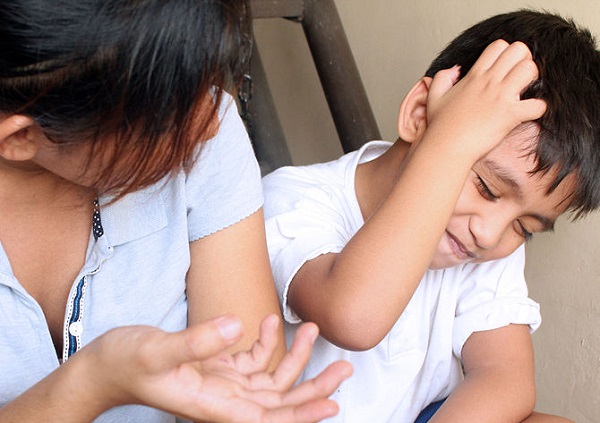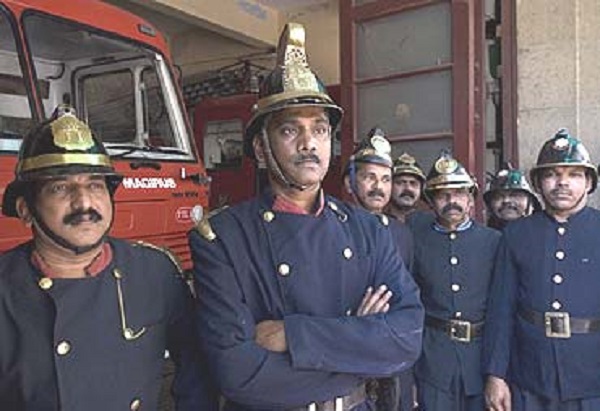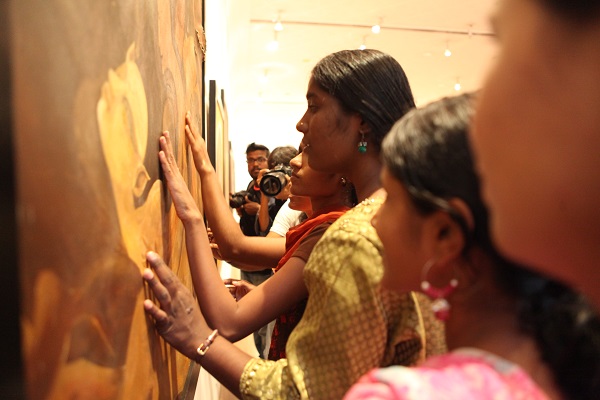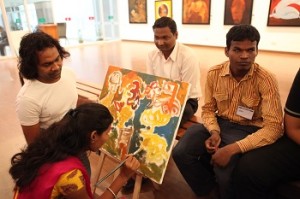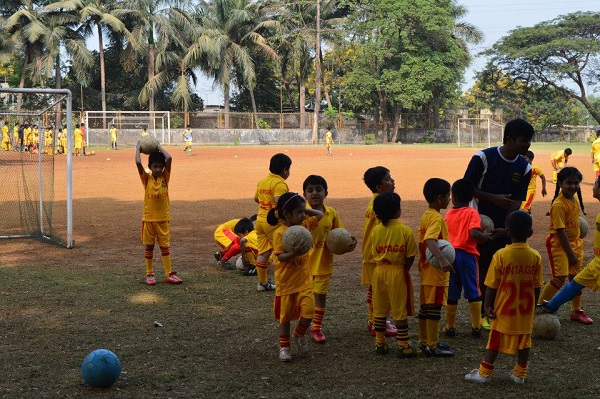An environment-entrenched initiative by actor and activist Shivani Wazir Pasrich is garnering a good response and discussion wherever it travels.
by The Editors | editor@themetrognome.in
 Actor Shivani Wazir Pasrich is going great guns with her IATT (I am the Tiger) initiative. Most recently, IATT performed for 800 students at the Maharashtra National Park, Mumbai, and the following day, to a packed auditorium in the city. ‘I am the Tiger’ is the story of Taqdeer (or ‘Destiny’), raised in the forest of Sarhi. His sister, Bachi, is forced to fight for food to feed her cubs and is branded a ‘man- eater’. After seeing his uncle Banka cruelly killed by hunters, Taqdeer is shattered. Love changes everything and Trisha, his mate, and he make a family of their own.
Actor Shivani Wazir Pasrich is going great guns with her IATT (I am the Tiger) initiative. Most recently, IATT performed for 800 students at the Maharashtra National Park, Mumbai, and the following day, to a packed auditorium in the city. ‘I am the Tiger’ is the story of Taqdeer (or ‘Destiny’), raised in the forest of Sarhi. His sister, Bachi, is forced to fight for food to feed her cubs and is branded a ‘man- eater’. After seeing his uncle Banka cruelly killed by hunters, Taqdeer is shattered. Love changes everything and Trisha, his mate, and he make a family of their own.
However, the good times are short lived and Taqdeer ends up in a zoo in Delhi. Here a life of barren captivity, inhumane conditions and loneliness force him to the very brink of existence and madness.
Says Shivani, “The initiative seeks mass involvement. As you are aware, tiger numbers have fallen steadily each year since 1990. India now has fewer  than 1,800 tigers alive in the wild. India is losing the tiger, and with it, the natural abundance the nation needs to survive. We can’t just sit there counting numbers, we have to do our bit.” For this, she envisioned IATT to encompass a variety of conservation activities. “‘From tree planting in the immediate future to setting up a conservation dome in the long run (a green area in the capital city where people can feel the forest, hear the forest, smell the forest), the initiative will be a one stop where there will be performances, lectures, seminars and interactions on conservation. It is where you will find the answers to waste management like disposal of batteries, CFL bulbs, e-waste and so on. It’s also a place you will call when you want to know how to stop someone from cutting a tree or when you want to share your simple innovation with others.”
than 1,800 tigers alive in the wild. India is losing the tiger, and with it, the natural abundance the nation needs to survive. We can’t just sit there counting numbers, we have to do our bit.” For this, she envisioned IATT to encompass a variety of conservation activities. “‘From tree planting in the immediate future to setting up a conservation dome in the long run (a green area in the capital city where people can feel the forest, hear the forest, smell the forest), the initiative will be a one stop where there will be performances, lectures, seminars and interactions on conservation. It is where you will find the answers to waste management like disposal of batteries, CFL bulbs, e-waste and so on. It’s also a place you will call when you want to know how to stop someone from cutting a tree or when you want to share your simple innovation with others.”
She adds that for the past two and a half years, this project has been a focal point in her life. “My vision for this project is that it will bring together people who feel for the cause and will influence other people to look at issues of concern in an empathetic way, as they are directly impacted. Hence the use of “I”. Perhaps, in time to follow, there will be an, ‘I am the Elephant’ , ‘I am the Leopard’ and eventually ‘I am the True Conservationist’.”
She says she would like to create a version of this work to showcase at conservation and climate change conferences and drive policy decisions. Further, she hopes to showcase the initiative on the Bio-diversity Train, where 16 bogies carry the story of India’s bio-diversity and stop at platforms where people can board the train free of cost and experience first hand what responsible tourism means. “The effort is to use innovative existing platforms and make them effective with a dose of creativity,” she says.
(Pictures courtesy Shivani Wazir Pasrich and www.delhievents.com)




